
Emperor or Empress of India was a title used by British monarchs from 1 May 1876 to 22 June 1948 to signify their sovereignty over the Indian Empire as its imperial head of state. The image of the emperor or empress appeared on Indian currency, in government buildings, railway stations, courts, on statues etc. Oaths of allegiance were made to the emperor or empress and the lawful successors by the governors-general, princes, governors, commissioners in India in events such as imperial durbars.

The Delhi Durbar was an Indian imperial-style mass assembly organized by the British at Coronation Park, Delhi, India, to mark the succession of an Emperor or Empress of India. Also known as the Imperial Durbar, it was held three times, in 1877, 1903, and 1911, at the height of the British Empire. The 1911 Durbar was the only one that a sovereign, George V, attended. The term was derived from the common Persian term durbar.
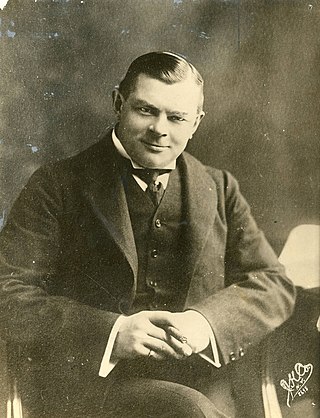
Charles Urban was a German-American film producer and distributor, and one of the most significant figures in British cinema before the First World War. He was a pioneer of the documentary, educational, propaganda and scientific film, as well as being the producer of the world's first successful motion picture colour system.

Kinemacolor was the first successful colour motion picture process. Used commercially from 1909 to 1915, it was invented by George Albert Smith in 1906. It was a two-colour additive colour process, photographing a black-and-white film behind alternating red/orange and blue/green filters and projecting them through red and green filters. It was demonstrated several times in 1908 and first shown to the public in 1909. From 1909 on, the process was known and trademarked as Kinemacolor and was marketed by Charles Urban’s Natural Color Kinematograph Company, which sold Kinemacolor licences around the world.

Durbar is a Persian-derived term referring to the noble court of a king or ruler or a formal meeting where the king held all discussions regarding the state. It was used in South Asia for a ruler's court or feudal levy. A durbar may be either a feudal state council for administering the affairs of a princely state, or a purely ceremonial gathering, as was increasingly the case during British rule in India.

A salute state was a princely state under the British Raj that had been granted a gun salute by the British Crown ; i.e., the protocolary privilege for its ruler to be greeted—originally by Royal Navy ships, later also on land—with a number of cannon shots, in graduations of two salutes from three to 21, as recognition of the state's relative status. The gun-salute system of recognition was first instituted during the time of the East India Company in the late 18th century and was continued under direct Crown rule from 1858.
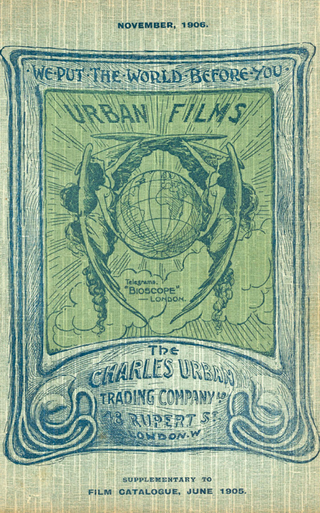
The Charles Urban Trading Company (CUTC) specialised in travel, educational and scientific films. It was formed in 1903 in London by the Anglo-American film producer Charles Urban, who struck out on his own after five years at the Warwick Trading Company. The slogan of the Charles Urban Trading Company was 'We Put the World Before You'.

The Scala Theatre was a theatre in Charlotte Street, London, off Tottenham Court Road. The first theatre on the site opened in 1772; the last was demolished in 1969, after a catastrophic fire. From 1865 to 1882, the theatre was known as the Prince of Wales's Theatre.

Coronation Park is a park located at Burari Road near Nirankari Sarovar in Delhi, India. It was the venue of the Delhi Durbar of 1877 when Queen Victoria was proclaimed the Empress of India. Later it was used to celebrate the accession of King Edward VII in 1903, and, finally, it was here that the Durbar commemorating the coronation of King George V as Emperor of India took place on 12 December 1911, subsequent to his coronation at Westminster Abbey in June 1911. This last celebration had all the princely states in attendance. The decision to hold the Coronation Durbars in Delhi at the vast open ground at Coronation Park was a move to emphasise the historical significance of Delhi as the former capital of the Mughal Empire.

Sir Jehangir Hormasji Kothari,, was a Parsi businessman, merchant and a prominent philanthropist from Karachi during British colonial rule. Today, he is best remembered for the Jehangir Kothari Parade, an elevated sandstone walkway used to walk to Clifton Beach on the Arabian Sea.

Sayyid Waris Ali Mirza Khan Bahadur was the last Nawab of Murshidabad before a prolonged interregnum caused by a succession dispute within the family that was only resolved in 2014 by the Indian Supreme Court. He succeeded his father, Wasif Ali Mirza.
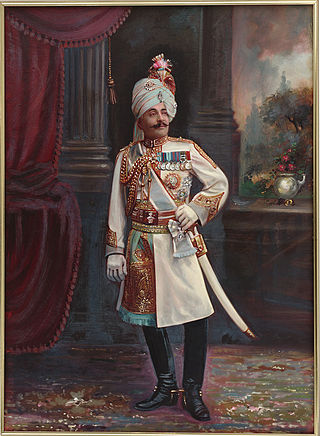
Lieutenant-General Sir Pratap Singh,, was a decorated British Indian Army officer, Maharaja of the princely state of Idar (Gujarat), administrator and Regent of Jodhpur and heir to Ahmednagar later renamed as Himmatnagar from 1902 to 1911.
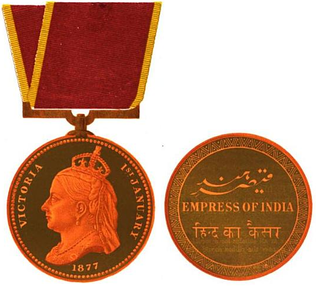
The Empress of India Medal, also referred to as KIH Medal, was a commemorative medal awarded to mark the occasion of the proclamation of Queen Victoria as Empress of India in 1877. It was the first wearable medal issued to mark a commemorative occasion within the British Empire. The medal was awarded in gold to Indian princes and senior officials and in silver to selected British and Indian military officers and civilians, as well as one soldier from each British and Indian regiment serving in India at the time of the proclamation celebrations of the 1877 Delhi Durbar.
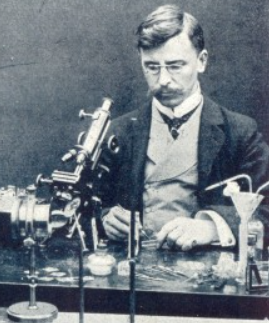
Francis Martin Duncan (1873–1961) was a British naturalist and nature documentary pioneer who worked for producer Charles Urban. He specialised in micro-cinematography and pioneered many of the techniques of future natural history filmmaking.
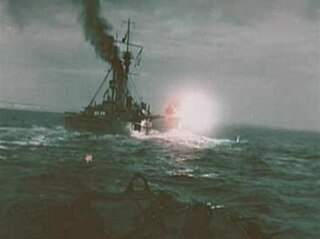
Britain Prepared is a 1915 British documentary feature film directed by Charles Urban. The film is silent and made in black-and-white with some colour sequences in the Kinemacolor additive color process.
The 1911 Delhi Durbar was held in December 1911 following the coronation in London in June of that year of King George V and Queen Mary. The King and Queen travelled to Delhi for the Durbar. For the occasion, the statutory limits of the membership of the Order of the Star of India and the Order of the Indian Empire were increased and many appointments were made to these and other orders. These honours were published in a supplement to the London Gazette dated 8 December 1911.

Bakhatgarh is a town and former princely state in the Dhar district, Madhya Pradesh, India. The royal family of Bakhatgarh belongs to Mahipawat sub-clan of Paramara Rajputs. They are descendants of King Bhoja.
The Natural Color Kinematograph Company was a British company formed by Charles Urban in 1909. It sold licences and produced films in Kinemacolor, the first successful colour motion picture process.
The Kinemacolor Company of America was an American company founded in 1910 by Gilbert H. Aymar and James K. Bowen. It distributed and produced films made in Kinemacolor, the first successful color motion picture process.

















